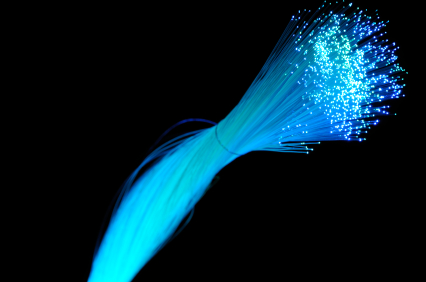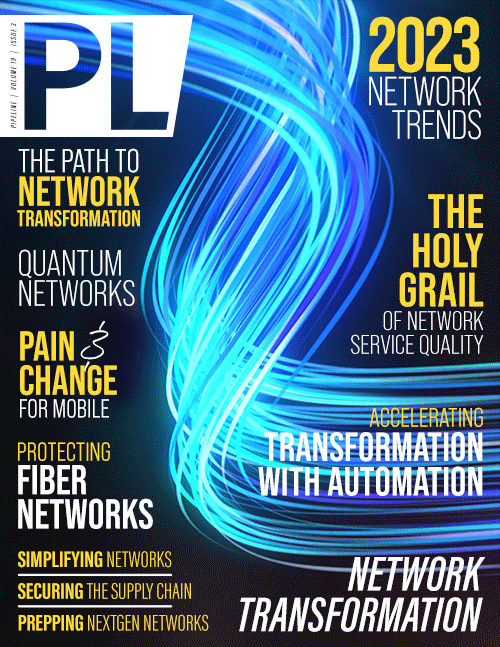Protecting Networks with Fiber Monitoring
By: Raj Jayawardena

When you flip open your computer and hit play on a Netflix movie—or even when you read an old medium such as a newspaper in a new digital format—you can thank fiber optics. Somewhere along the way, fiber optics were involved with the making of most of our favorite pastimes, and many times we don’t pay any attention to the great science and advancement that makes these things so effortless.
Powering our constantly connected society are billions of miles of fiber buried just three to four feet below where we currently stand (or beneath the seabed, hidden from view). Every day, people and businesses rely on fiber to transport Internet, data, and video traffic—a single fiber link is able to connect thousands of people, businesses, and enterprises. No doubt, the miracle of fiber’s evolution and the connectivity it affords us today warrants a minute of appreciation; however, networks are already being tasked to do more and more. Fiber optic networks are constantly evolving to enable the technologies that allow us to work even smarter, faster, and more efficiently. (Think 5G, IoT, and more.)
At once vital and delicate, fiber cables and their protection should be thought about every bit as often as we consider how to advance their technological capabilities. The impact of a broken fiber cable has the ability to disrupt video calls, mission-critical data transfers, movie streams, and more. In a world where such breaks must be responded to immediately, time-consuming and manual processes for identifying causes and locations of interruptions are archaic compared to the importance of our networks.
Luckily, sensing for these critical networks is almost as old as the networks themselves. In this piece, we’ll explore the evolution and current state of fiber optic networks, how they’ve historically been protected, and new methods emerging to protect this critical infrastructure.
The state of fiber optic networks today
Altogether, there are more than five billion optical fiber kilometers installed around the world, including submarine, aerial, and underground cables enabling critical traffic we rely on every day to stay connected. Networks range from the massive—like the SEA-WE-ME3, the world’s longest fiber optic link spanning more than 17,000 miles across multiple continents—to smaller, last-mile connections powering businesses and homes.
In the United States alone, telecommunications fiber-to-the-home (FTTH) lines are projected to surpass 82 million U.S. households by 2027, which is more than double than today’s 44 million households, according to a report by a group of Cowen





















